6 Common Reasons Your Gas Water Heater May Not Be Working | The Spruce
One of the most important appliances in any home is the water heater. This device is responsible for heating the water for the entire home, meaning that if the water heater isn't working correctly you may not be able to shower, wash the dishes, or wash a load of laundry until the problem is resolved.
A gas water heater works by burning natural gas to provide enough heat to warm up the water in the tank. Depending on the level that the thermostat is set to, the water inside the tank can quickly climb to scalding temperatures, so you need to be careful when assessing any problems with the water heater. Take a look at these common reasons a gas water heater may not be working for help resolving any current or future problems.
[WARNING]
Water heaters are not appliances that are relatively safe to work with. They contain scalding water that is under pressure, which can spray from the pressure-relief valve, putting nearby individuals at risk of burns. Additionally, these devices are fueled with flammable natural gas. Leaks in the gas valves or pipes are serious problems that need to be dealt with immediately. Given the potential risk associated with water heaters, as well as the complexity of these appliances, it's recommended that water heater repairs should be handled by a professional. Even experienced DIYers should leave this work to trained professionals to help avoid any safety concerns or future problems.
The Issue: Water Temperature Problems
If the temperature of the water is too high or too low, you may need to adjust the thermostat on the water heater. However, the thermostat may not be the source of the issue. Gas water heaters need to be regularly flushed to remove sediment build-up from inside the tank. Otherwise, these mineral deposits settle inside the tank and slowly start to clog or block the element at the base of the tank, creating a layer of insulation between the water and the heating element.
Water temperature problems can also occur if the water heater dip tube is damaged or broken. This part of the water heater is intended to direct the incoming flow of cold water to the bottom of the tank where it can be heated, but a damaged dip tube may release the cold water into the top of the tank, where it mixes with the hot water and reduces the water temperature.
The pilot light and gas line can also impact the temperature of the water. Check if the gas line valve is opened and that the pilot light is on. If the water heater doesn't have fuel or a way to heat the water, then the water temperature inside the tank will continue to drop. Try relighting the pilot light, but if it doesn't work, you will need to call a professional to assess the situation and potentially clean or replace the thermocouple.
The Issue: Dirty, Rusty, or Discolored Water
The appearance of the hot water coming from the water heater is a great indicator of potential problems. Rusty water is typically linked to a corroded anode rod or a corroded tank. Ideally, the only part that is corroded is the anode rod, which can be replaced by a professional plumber to resolve the problem, but if the tank is corroding enough for the rust to be visible in the water, then it's time to replace the tank.
Dirty and discolored water that doesn't have a red, rusty hue is likely due to scale build-up caused by heavy minerals, like magnesium and calcium. This can typically be rectified by flushing the water heater to remove sediment and scale build-up, though it's also a good idea to invest in a water softener system for the whole home if this is a regularly occurring problem.
The Issue: Foul Water Odors
The appearance of the water isn't the only thing you should be concerned with. If you notice a strong odor coming from the water, then it's likely that there is an issue with the water heater. Sewage smells indicate the presence of bacteria growing inside the water tank, which means every time you use the hot water, anywhere in the home, it's already contaminated. Flushing the water tank thoroughly can resolve this problem, though you may also need to have the anode rode replaced to reduce corrosion and kill anaerobic bacteria.
The water may also smell like sulfur. A slight sulfuric scent typically means that the pilot light has gone out and it needs to be relit, but a very strong scent may indicate that there is a problem with the gas line. If this occurs, turn off the gas water heater and do your best to safely ventilate the area before calling a plumber and the gas utility company. It's recommended to leave the area until the leak has been repaired.
The Issue: Leaking Tank
If the water heater regularly makes sizzling sounds, this is likely due to internal condensation, which is a sign that the tank may have a leak. A leak in the water heater can be a tough problem to fix, but it depends on where the leak is in the tank. Leaks from the top of the tank are likely caused by loose or defective valves. In this case, DIYers with plumbing experience can tighten up the valve with a set of channel locks, replace the valve, or repair the connection between the valve and the tank by adding plumber's dope or plumber's tape to help improve the seal.
However, it's important to note that if the leak is from the bottom of the tank, then this is likely a sign that the tank has corroded over time and needs to be replaced. Contact a professional plumber to inspect the leak and determine the next steps to repair or replace the water heater.
The Issue: Pilot Light Trouble
Gas water heaters have a pilot light that serves as the ignition source for a more powerful gas burner. When the water temperature in the water heater dips below the set level on the thermostat, the pilot light ignites the natural gas that is flowing through the gas regulator valve to light the burner. This heats an element at the base of the tank, which in turn heats the water within the tank. However, this also means that if there is a problem with the pilot light, the water heater cannot function correctly.
The pilot light orifice or tube can become clogged or worn out over time and may need replacement if the pilot light will not ignite or if it frequently goes out. A faulty or loose thermocouple, air in the gas line, or a defective gas valve may also be the source of the problem. Contact a professional plumber or water heater technician to inspect and rectify the issue.
The Issue: Faulty Valves
Almost any appliance that is used with water will have at least one valve, and water heaters are not an exception. They typically have a temperature and pressure relief valve, as well as a tank drain valve at the base of the appliance. The water heater also has an inlet and outlet valve located at the top of the tank. Each of these valves is vulnerable to leaks, so it's a good idea to inspect them regularly to note any issues and take proper steps to repair the problem. DIYers that are experienced with plumbing should be capable of replacing or repairing the valves on a water heater, but if you aren't sure how to proceed safely, then it's advised to contact a professional plumber to get the job done without personal risk.
The pressure relief valve is designed to open and release steam and water if the pressure inside the tank gets too high. This is to help prevent the tank from rupturing or blowing off a valve, so if the pressure relief valve begins hissing or spraying water, then this is a sign that something is wrong. You should immediately turn off the gas and water to the water heater, then contact a plumber to inspect the water heater and conduct necessary repairs.
Source: https://www.thespruce.com/reasons-gas-water-heater-not-working-5212987

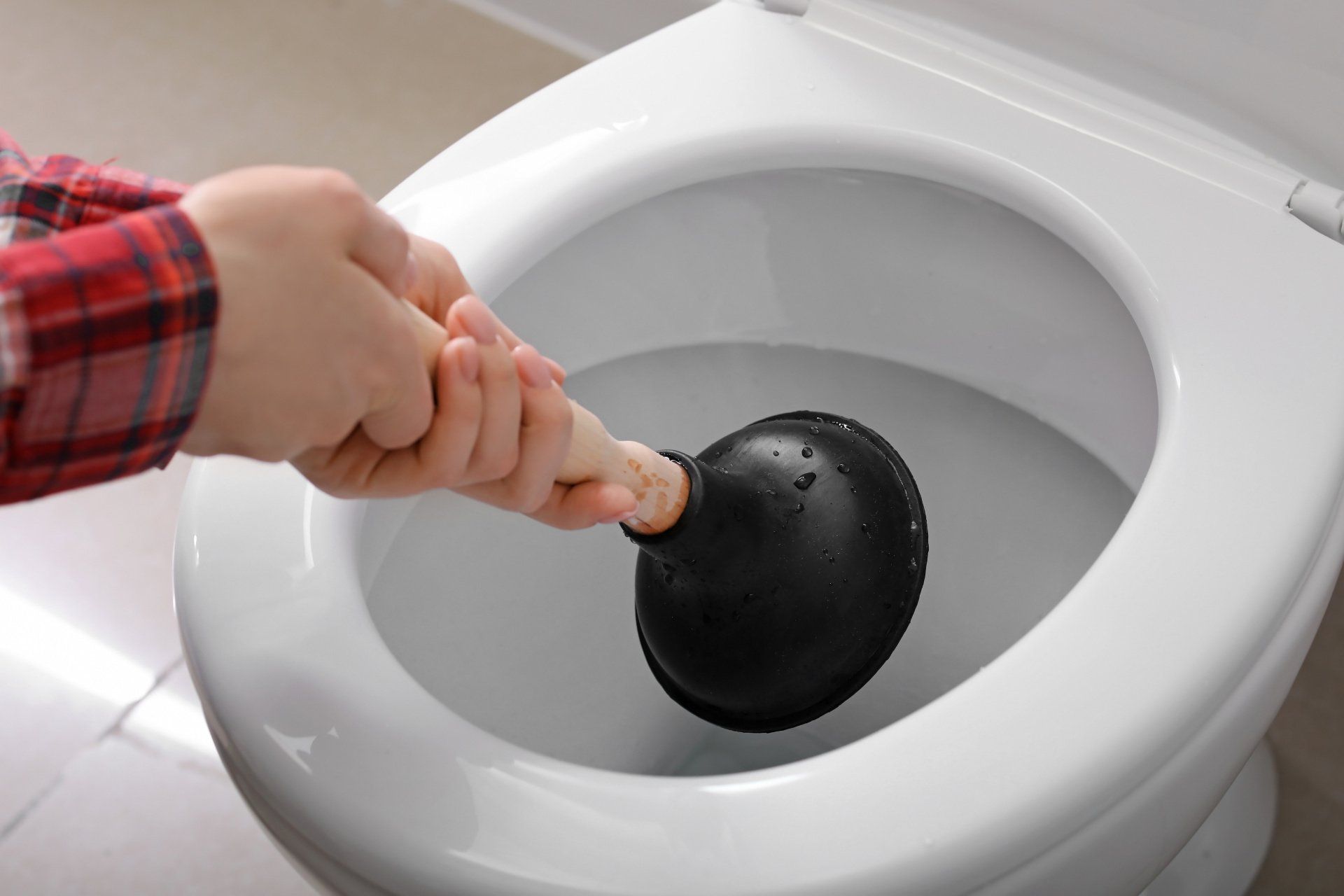
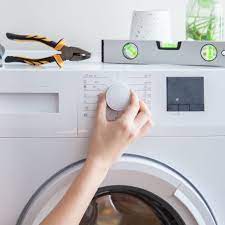
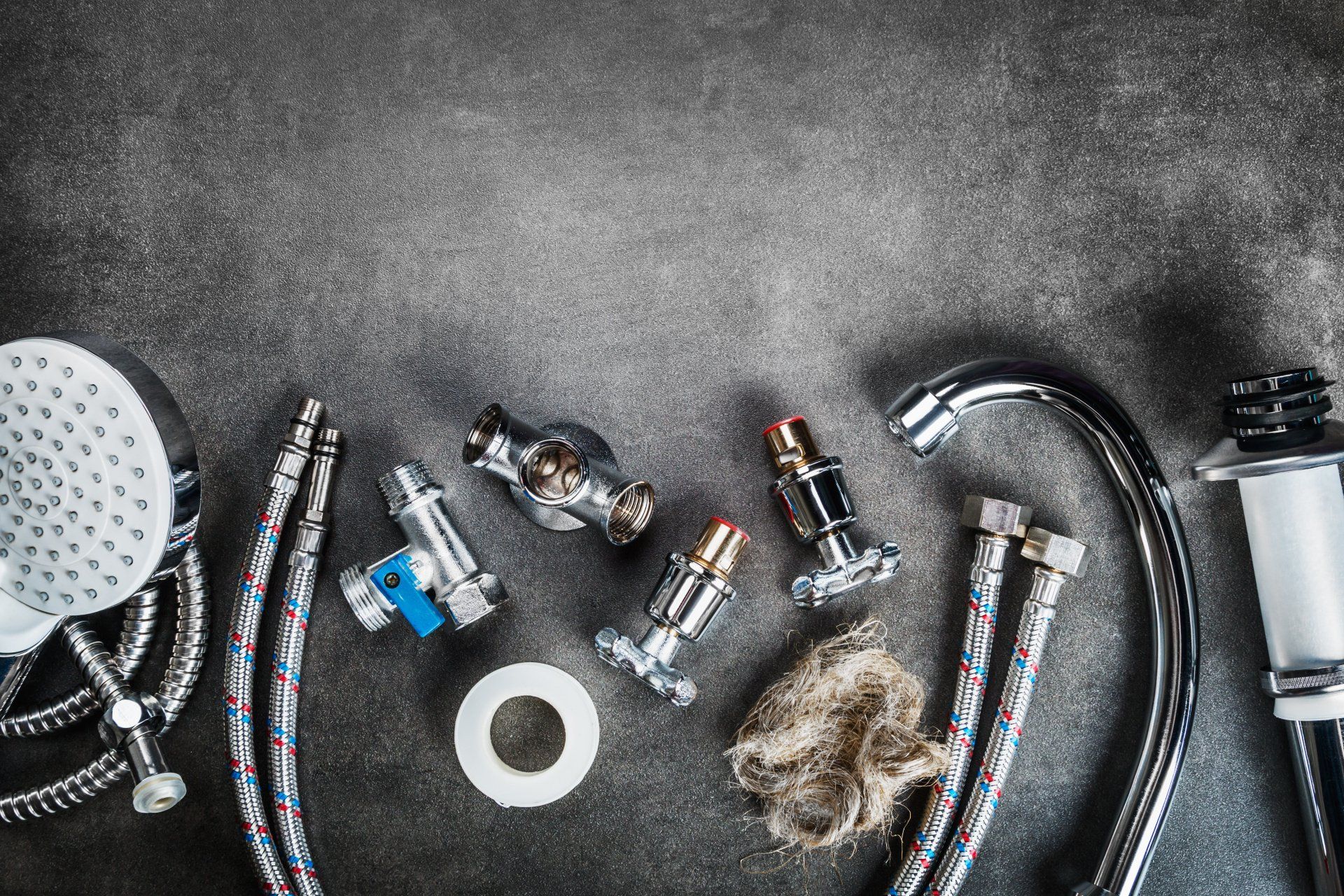
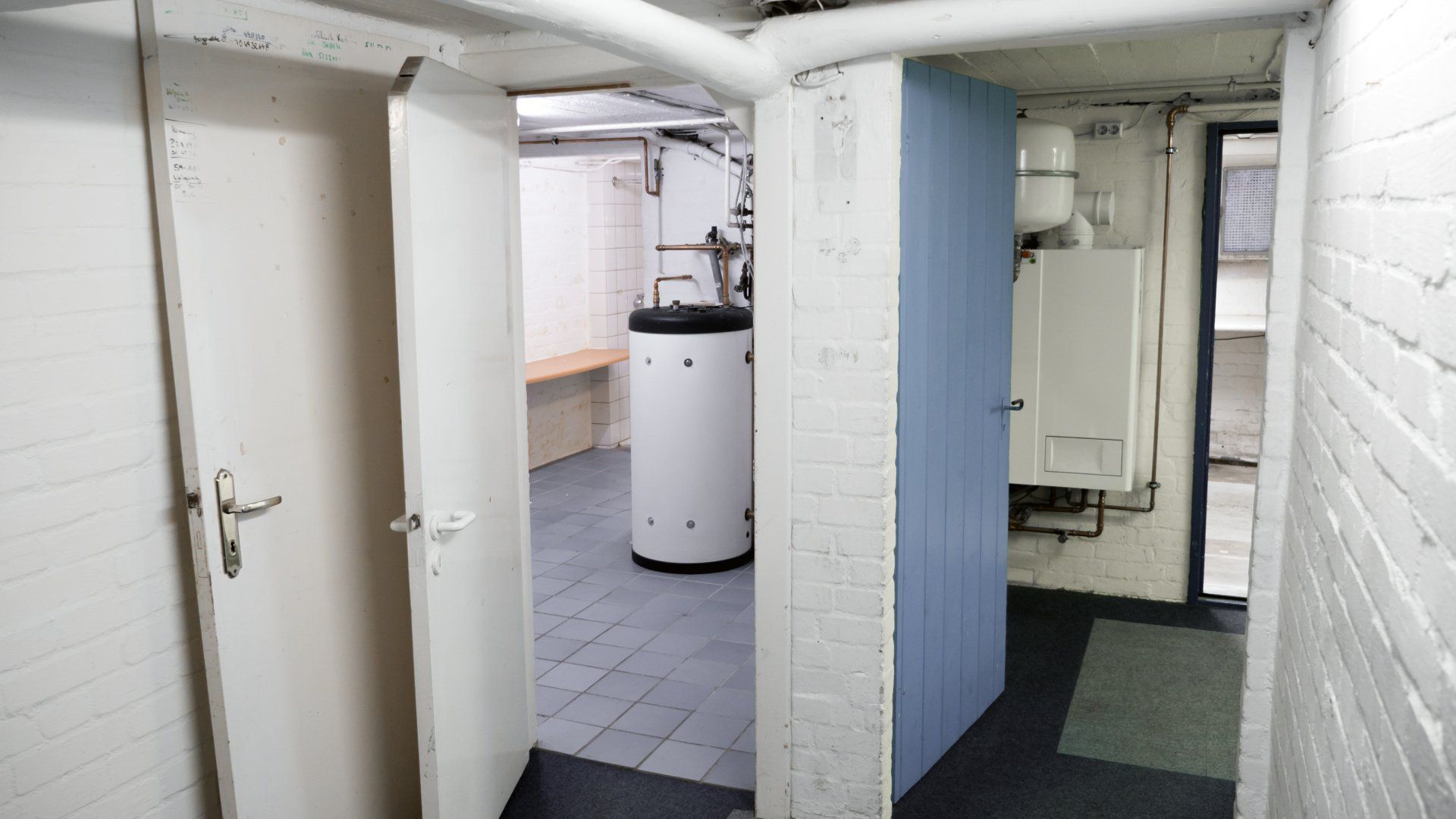
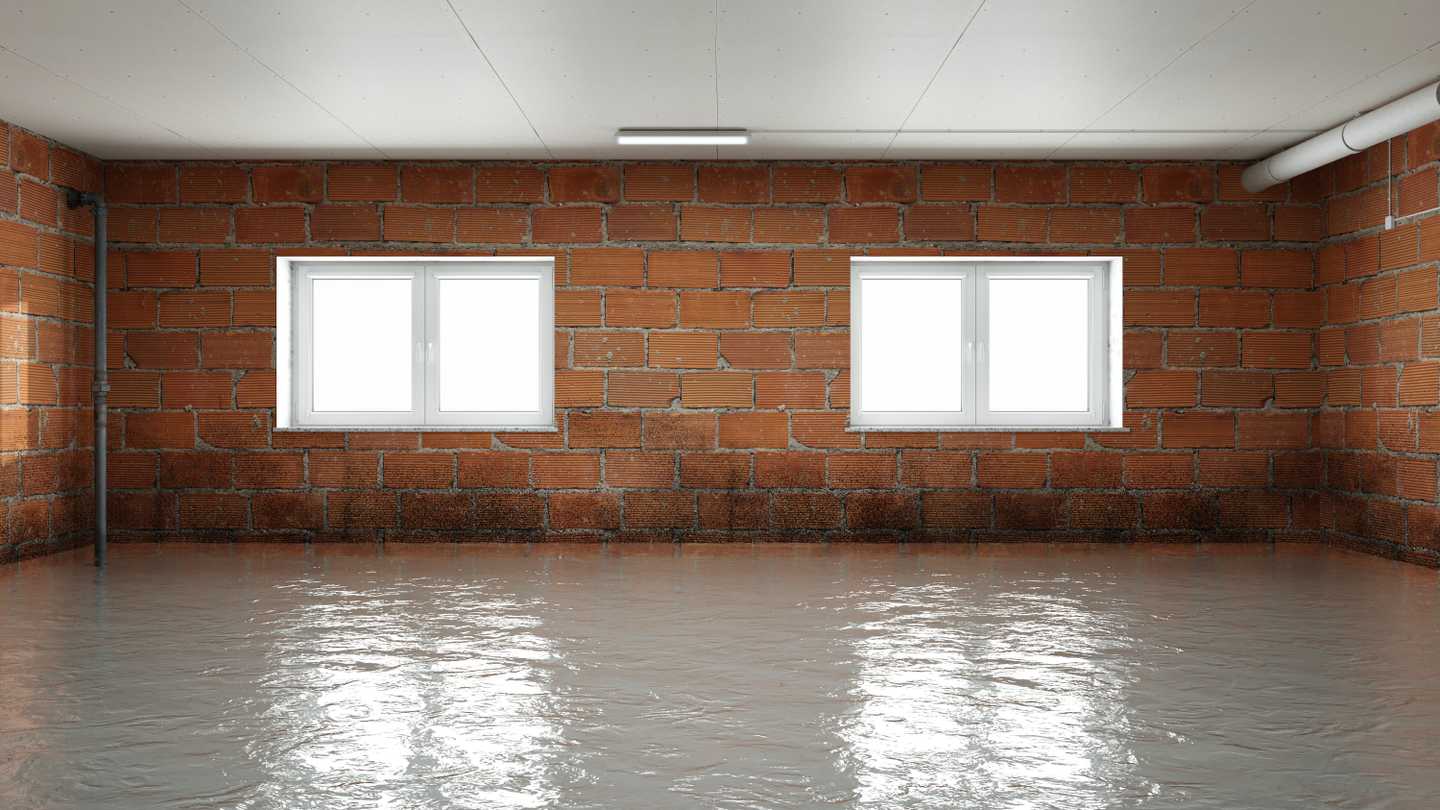
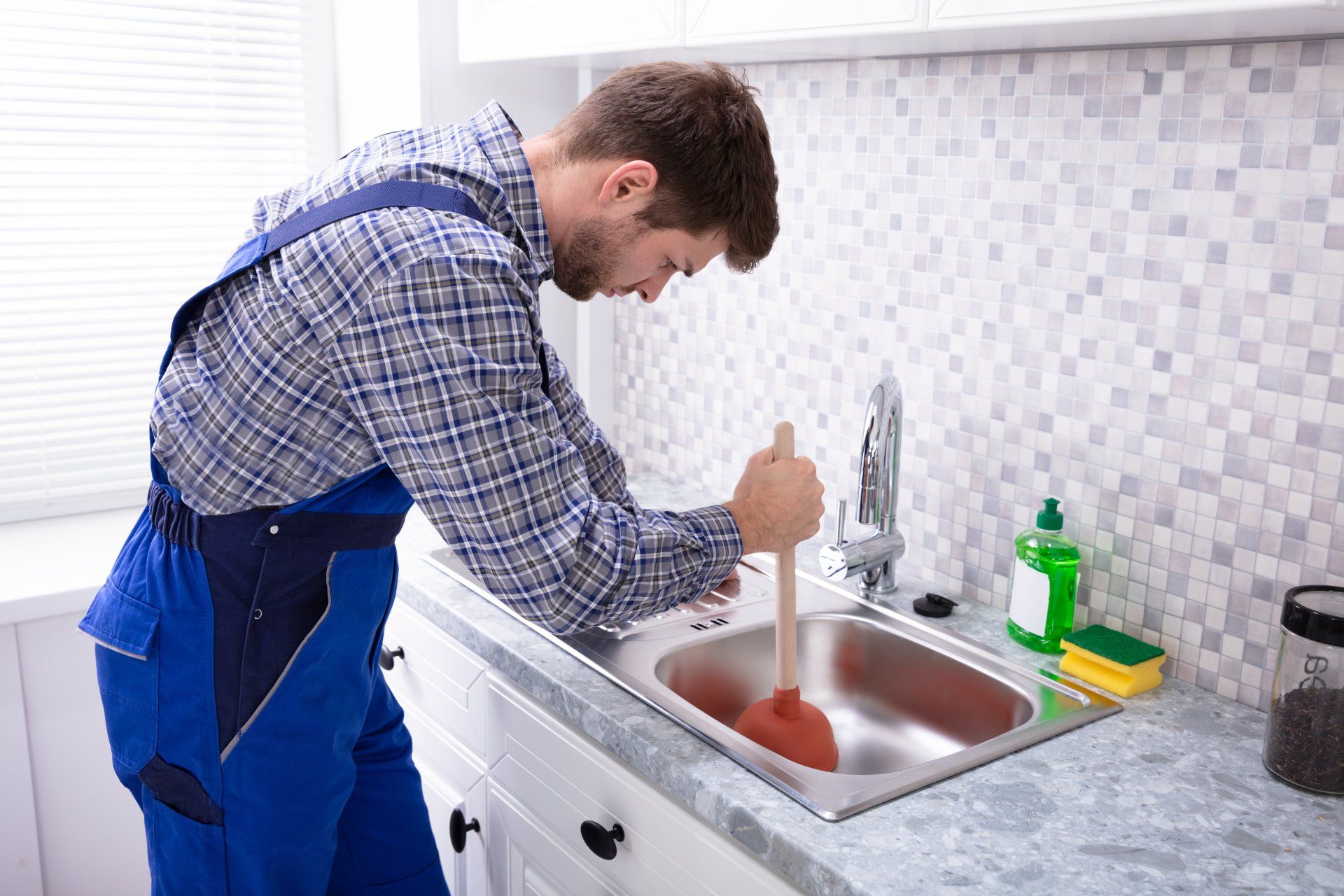
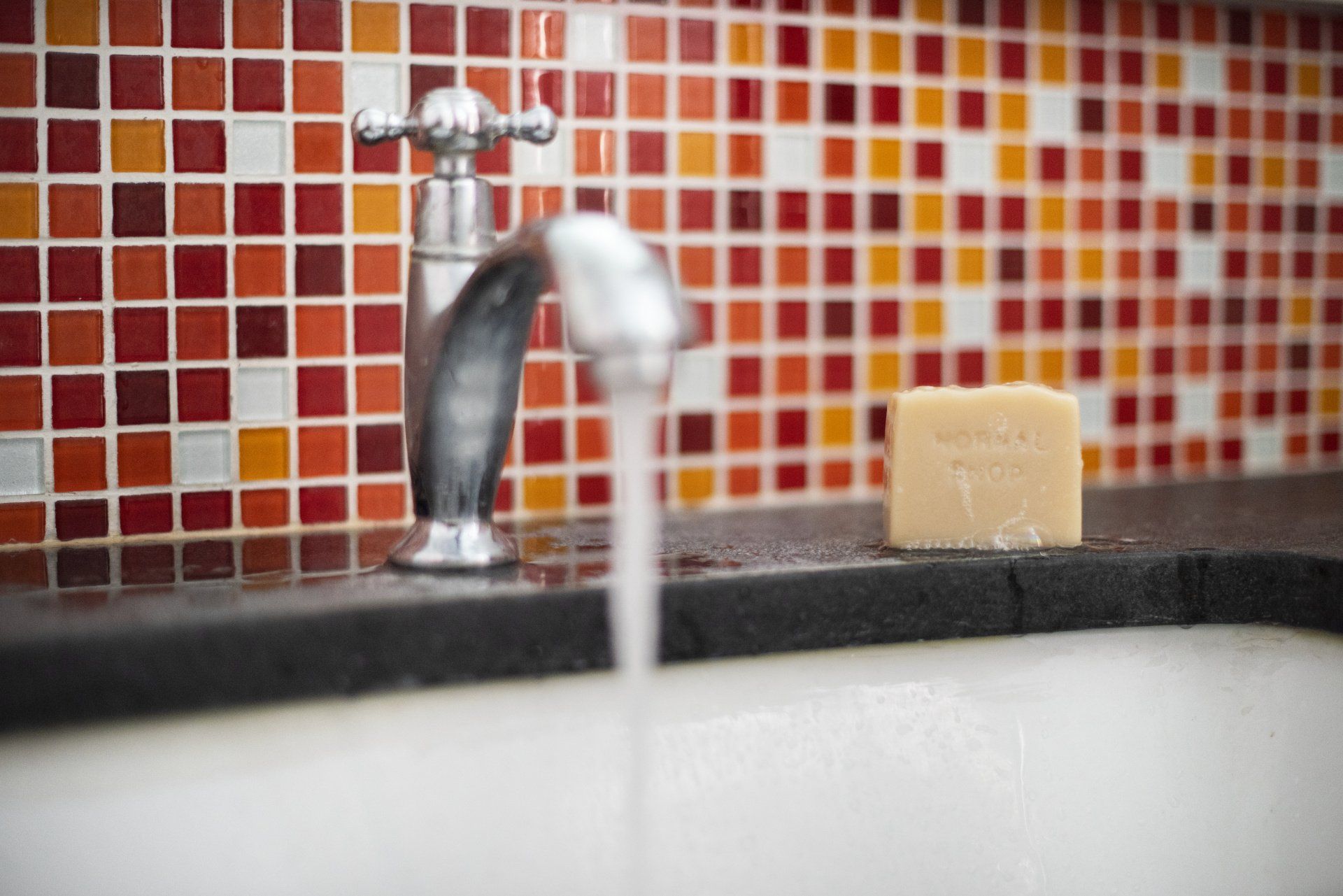



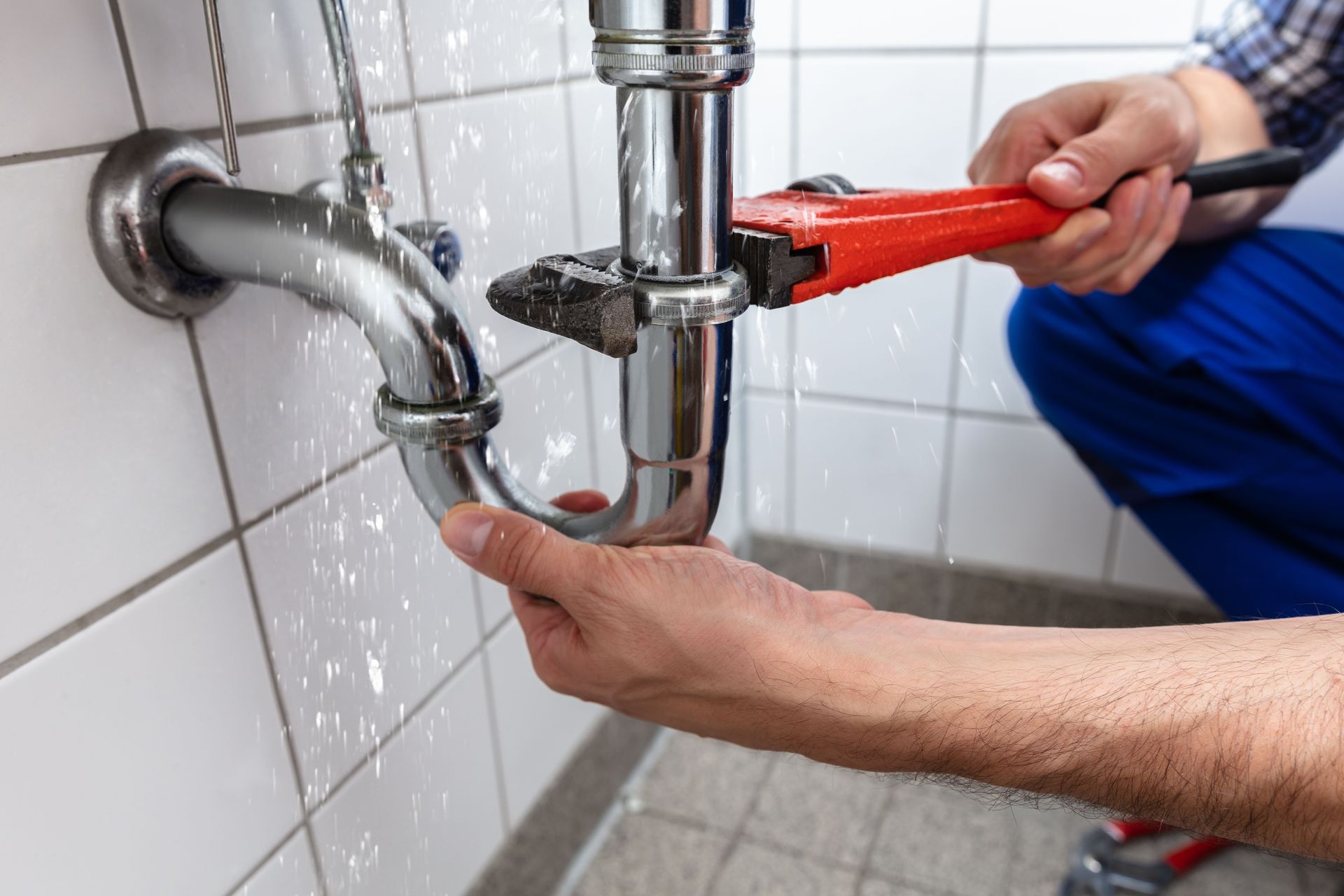
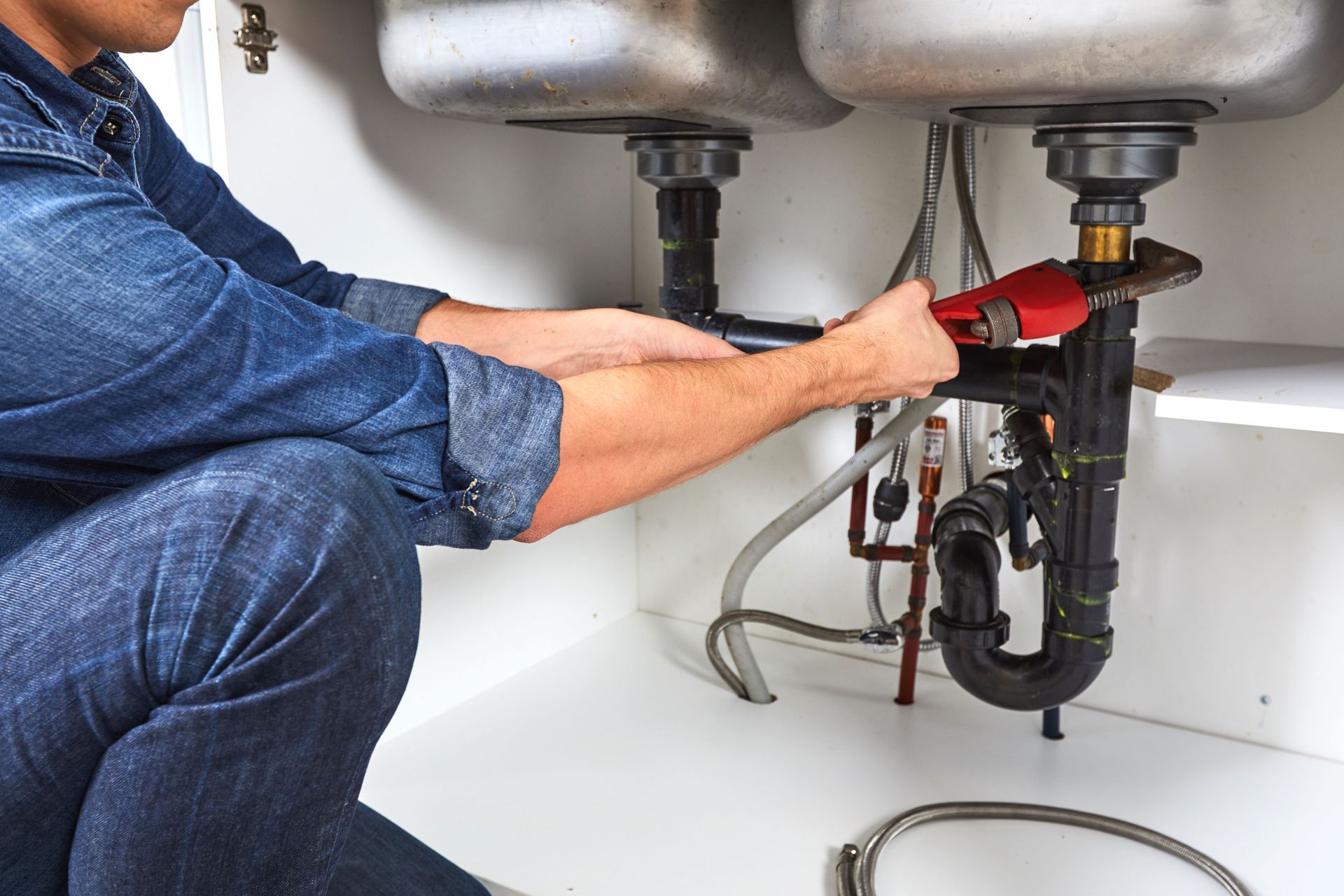
Share On: